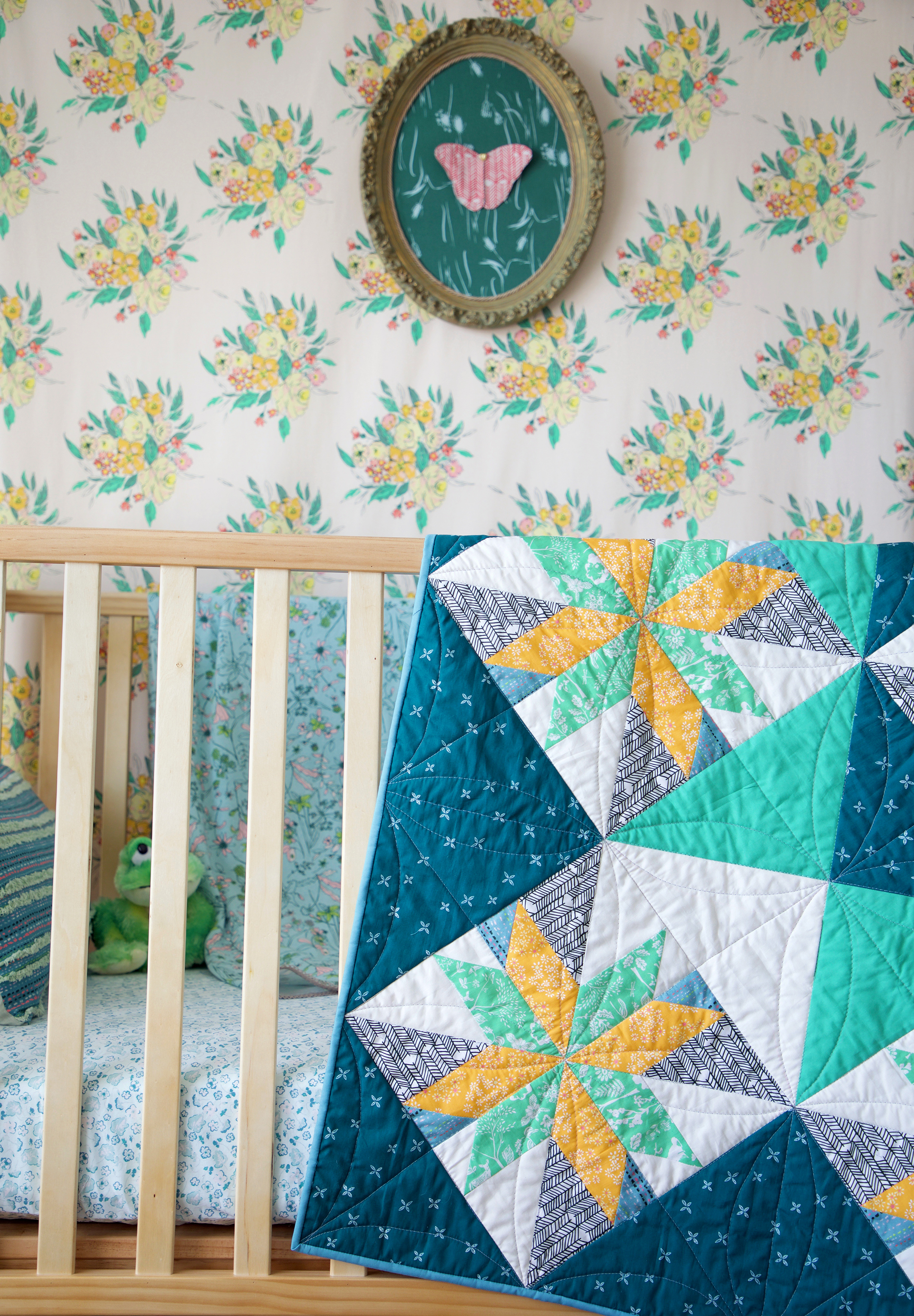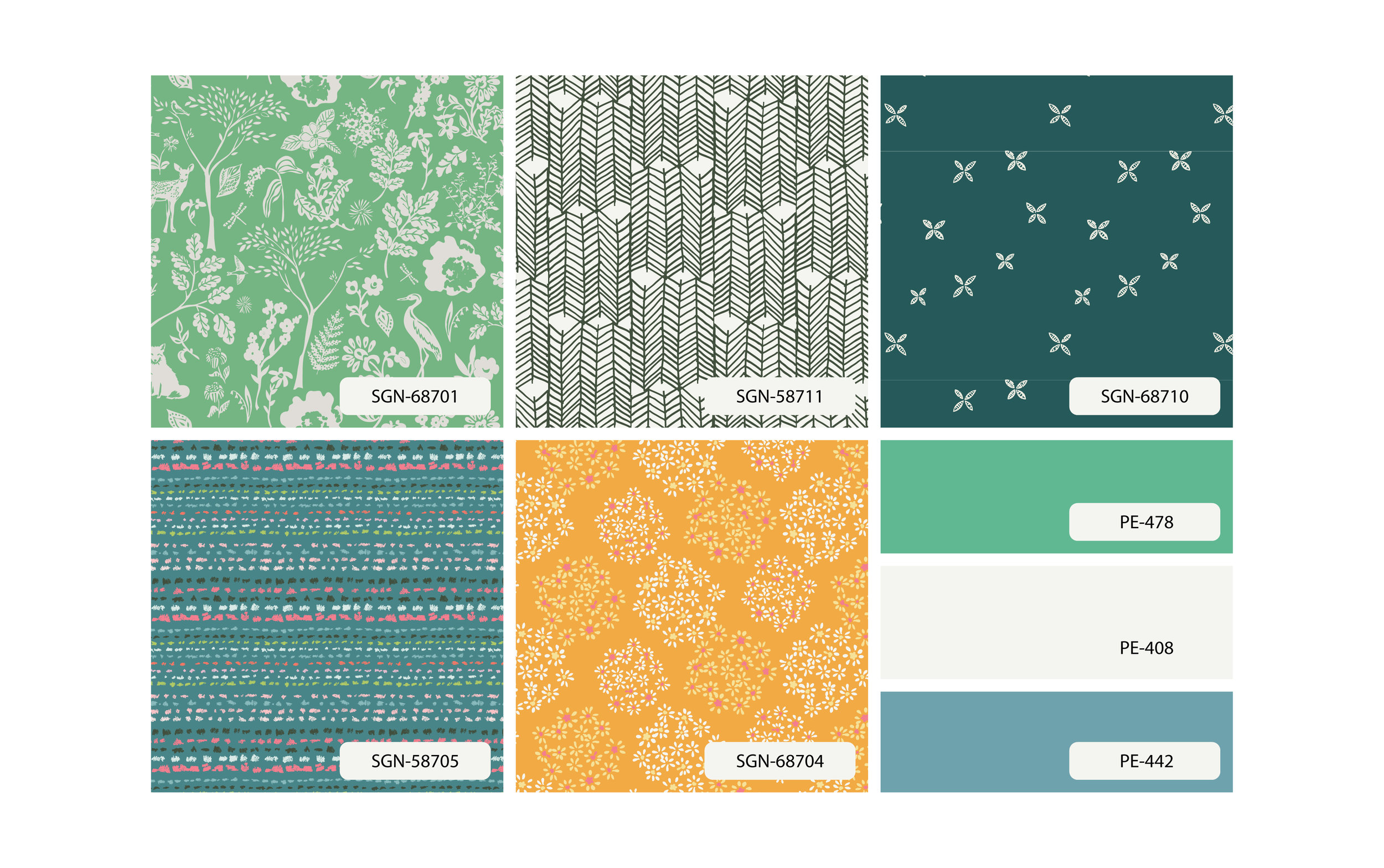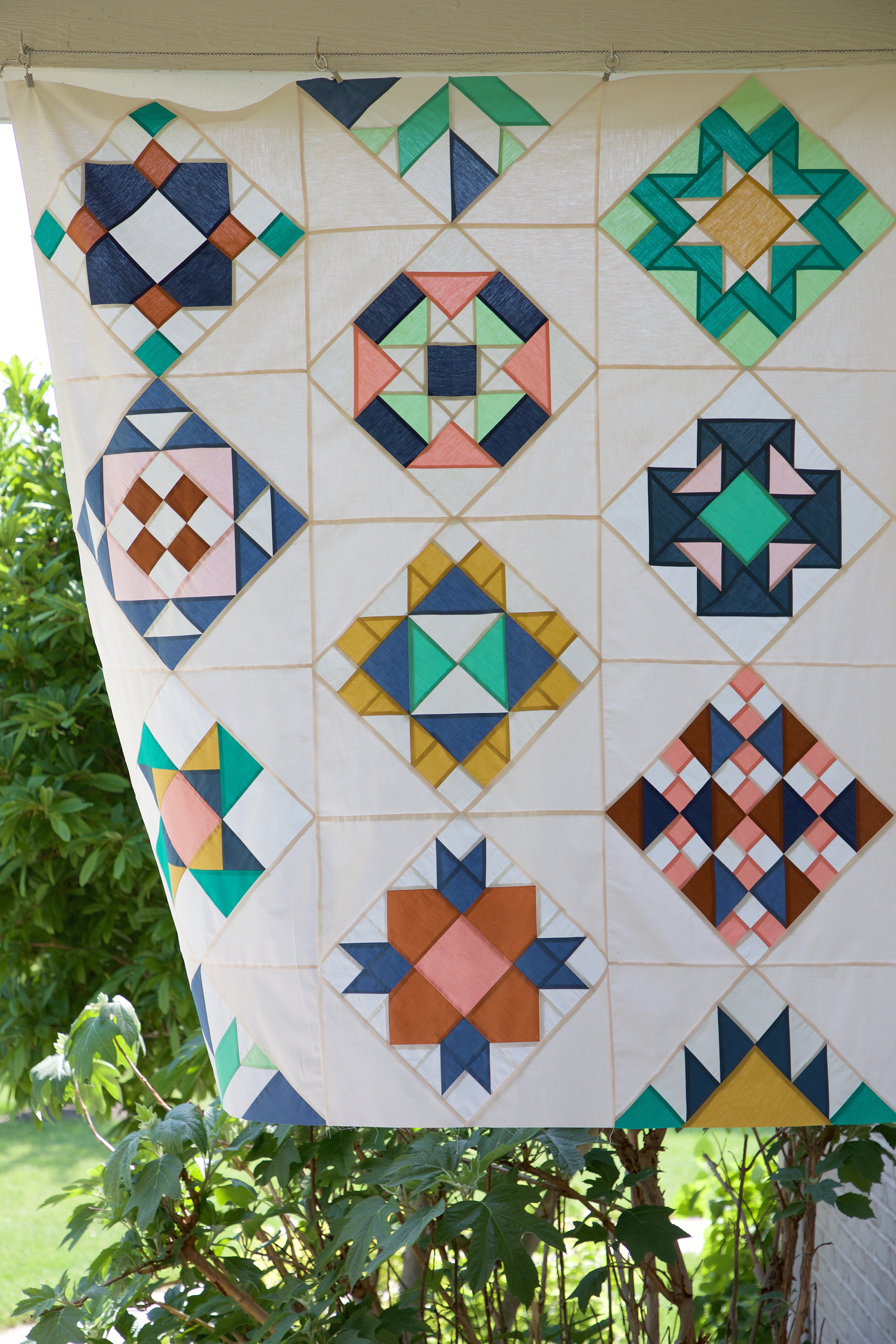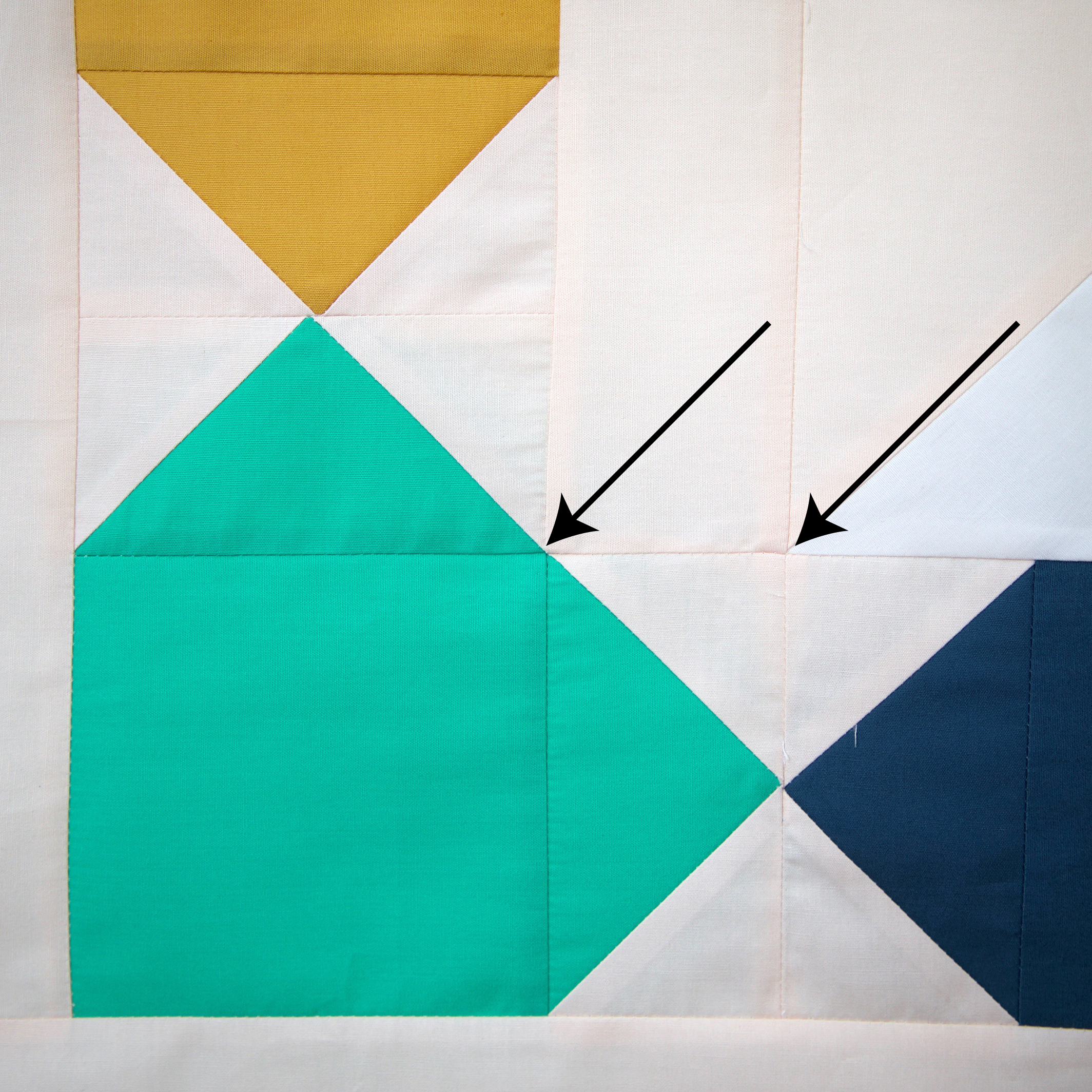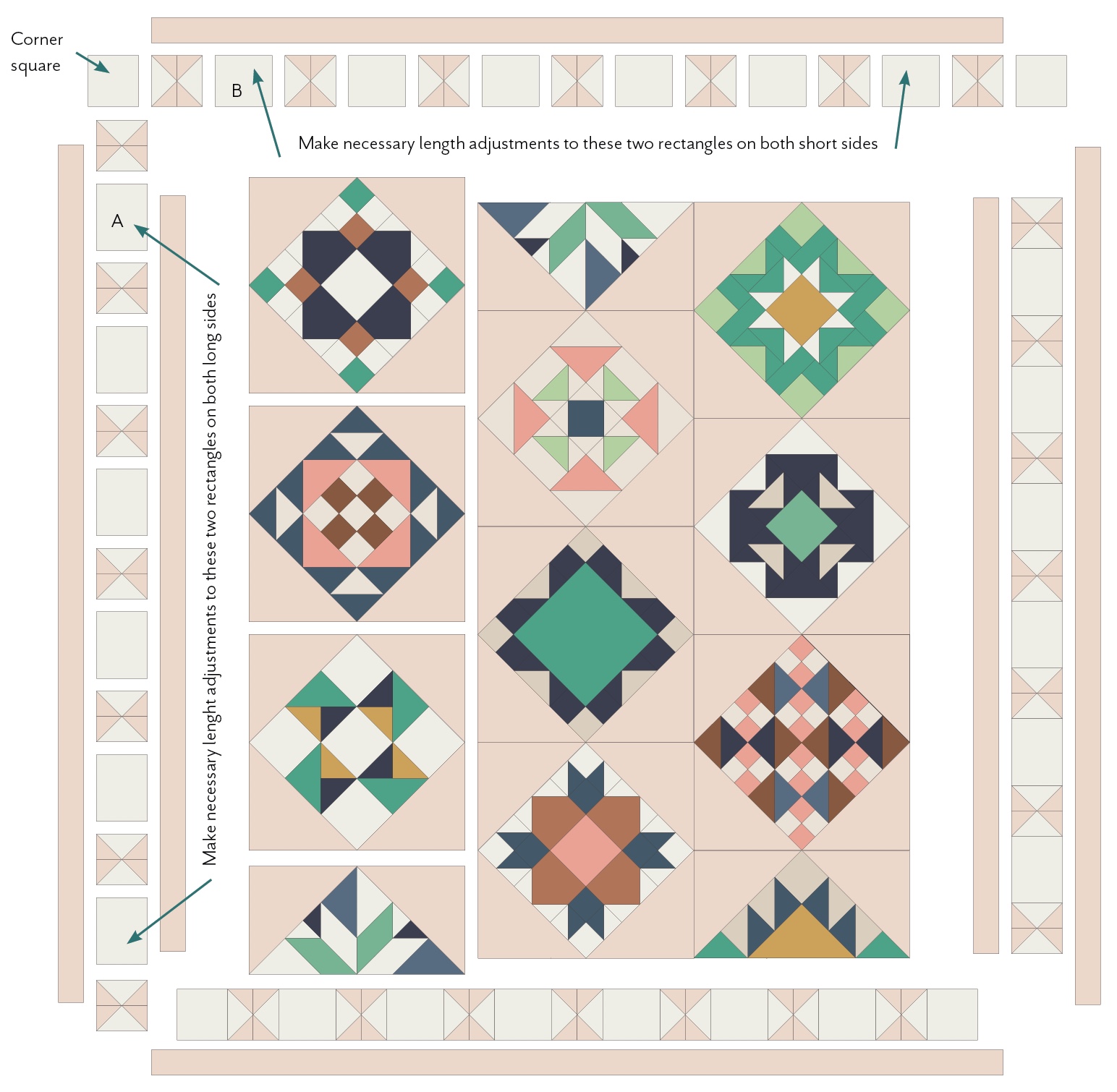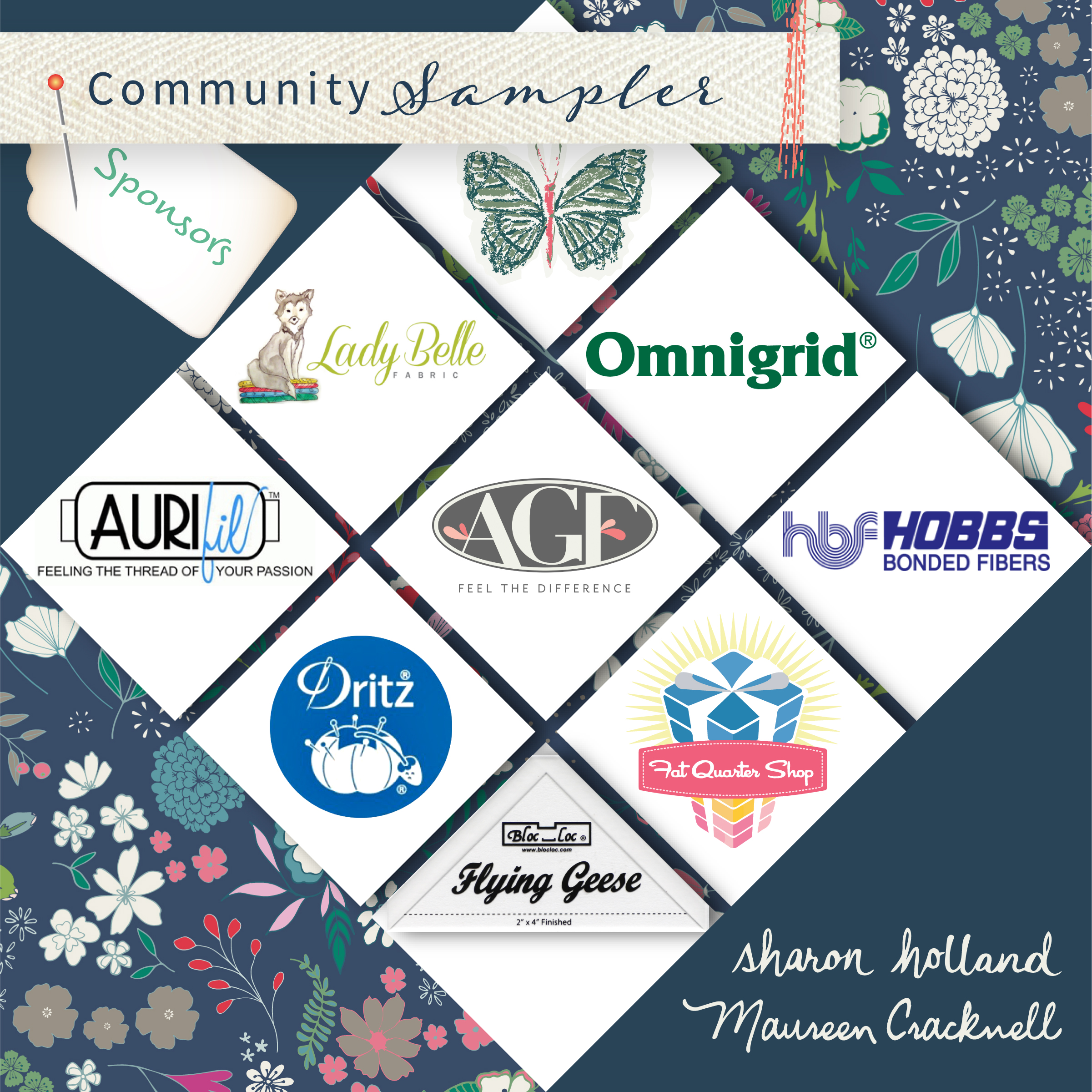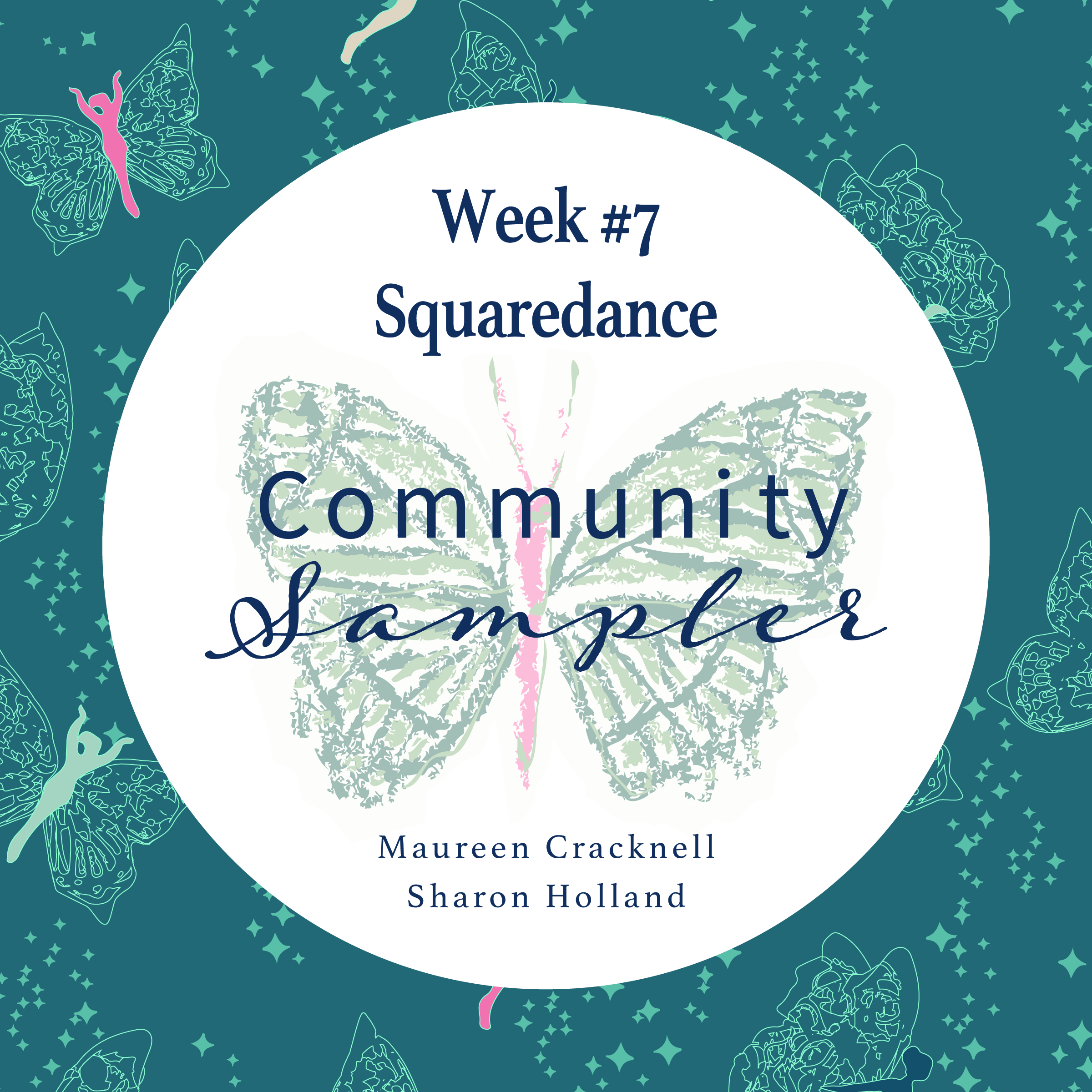Star Light Quilt
The very first time I made this star block was for the Community Sampler Cactus block and knew then and there I wanted to eventually make a quilt using just this block.
When sewing for my new Art Gallery Fabrics collection called Signature I designed projects around themed rooms and one of the rooms was to be a baby room which would be the perfect look for the Star Light quilt born from the Cactus block!
This gender-neutral design is perfect for any baby and is a generous 50'' square finished size. I consider this an intermediate project but with my tutorial on piecing the star block and other tutorials of Quarter-Square Triangle Units and working with directional prints, I feel even a beginner could make this quilt with a little extra attention paid to accurate seam allowances and cutting and a care with the trickier aspects of this design.
For my nature-loving baby I selected Signature prints and Pure Elements solids in a green, teal, and golden yellow palette that made me think of being outdoors on a summer's evening, chasing fireflies and looking at the stars.
This week Art Gallery Fabrics will be virtually publishing the Signature fabrics Look Book and it will be packed full of beautiful projects made with my Signature collection. To celebrate the Look Book and collection I've added this Star Light baby quilt pattern to my Free Patterns page.
Download the free PDF pattern for full instructions and illustrations for piecing this large baby quilt. I've also included a Quilting Diagram for how I machine quilting my quilt. This is a nice size for quilting on a domestic machine.
I used Hobb's Tuscany Silk Batting to fill my quilt and I love the lightweight, sumptuous drape it gives a quilt. Silk batting handles and launders just like cotton with very little shrinkage.
Tip for machine quilting like I've done is to stitch all the stitch-in-the-ditch diagonal, vertical, and horizontal lines first then go back in and stitch the oval leaf shapes last.
Be watching later this week for the Art Gallery Fabrics release of the Signature Look Book! If you're sewing with Signature and posting to Instagram, be sure to tag me @sharonhollanddesigns and use the hashtags #artgalleryfabrics #Signaturefabrics and #agfsignature so I don't miss any of your makes!

